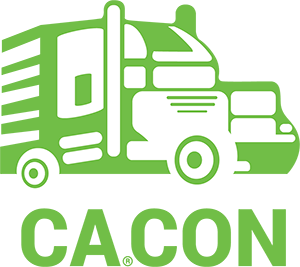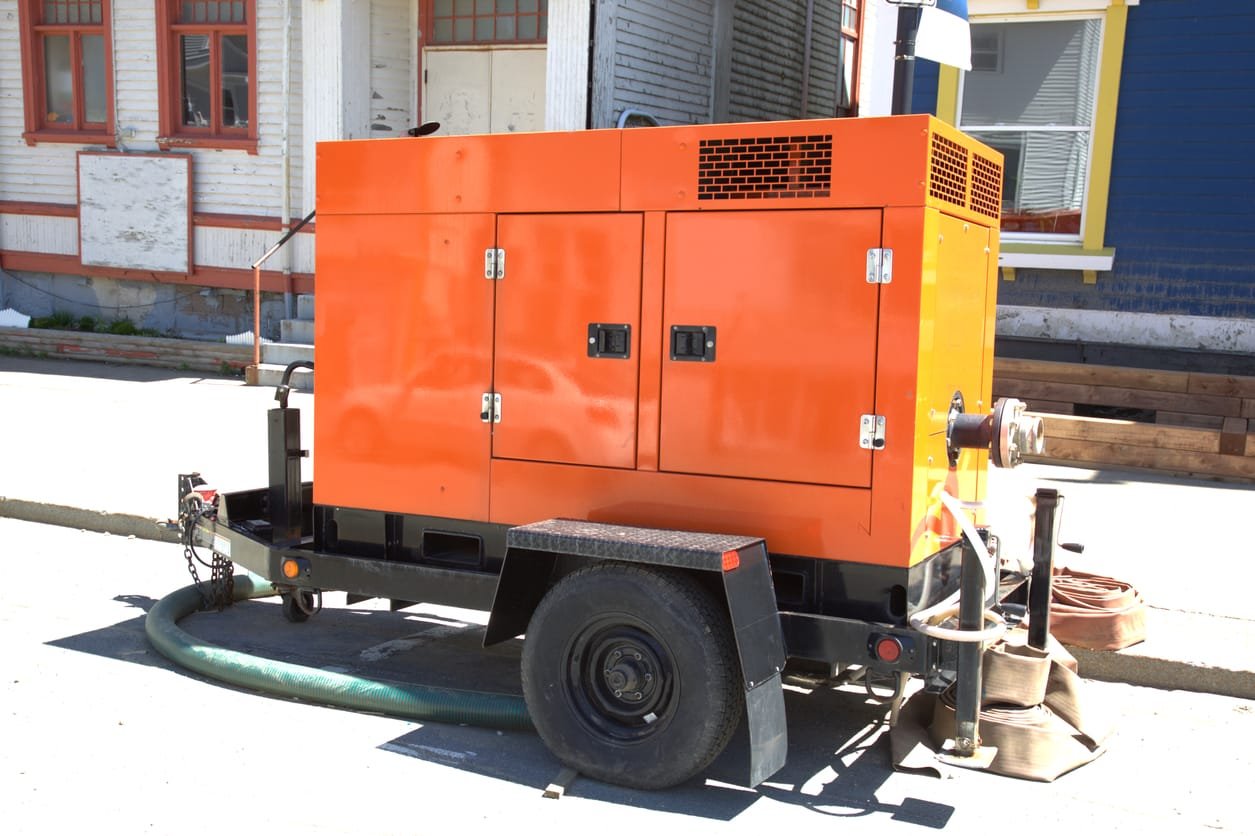Transporting construction materials requires careful preparation. It will be difficult to ensure all materials arrive on site on time if you have to arrange multiple deliveries from different locations.
Table of Contents
People involved in transporting construction materials
Supply chain managers regularly coordinate the transportation of construction materials for single-family homes, townhouses, and apartment buildings.
Types of construction materials that need to be transported
The list of materials to be transported is long, from landscaping materials and appliances to plumbing fixtures and accessories; however, there are a number of factors to consider in advance, such as shipping insurance, licensing, equipment, and product safety.
Types of construction materials that can be transported
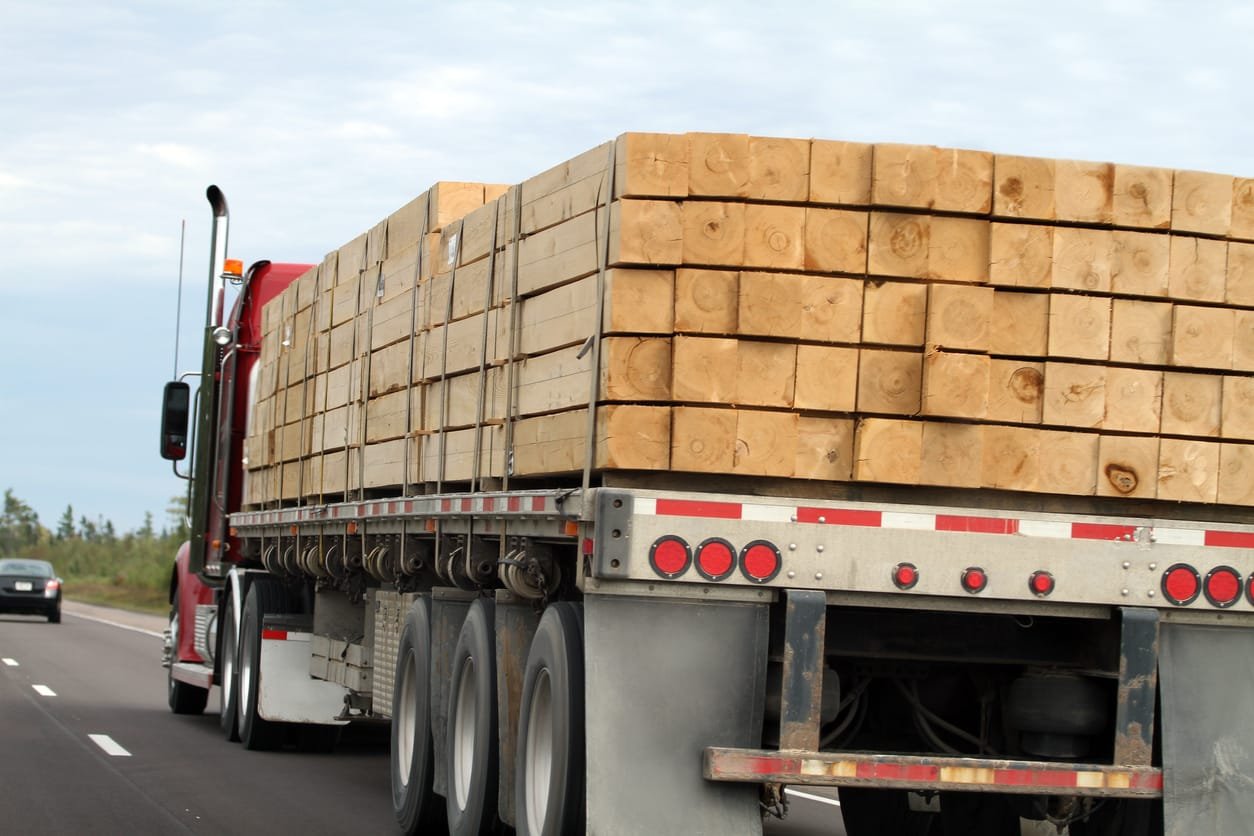
Companies transport many different types of construction materials for apartments, high-rise buildings and single-family homes.
- Landscape materials: Includes landscape elements commonly transported to construction sites such as water features, screening, swimming pools, retaining walls, patios, ornamental plants and trees.
- Plumbing and accessories: For example, pipes, joints, toilets and sinks.
- Building materials: Necessary for construction such as exterior bricks, stones and concrete blocks.
- Natural stone: Includes natural stone slabs such as marble, quartz and granite.
- Appliances: Major appliances such as dishwashers, dryers, washing machines and other kitchen and laundry room essentials are transported to the installation location during construction. .
Other tools and machinery that can be imported and exported during construction:
- Household appliances in the house
- Trench collapse prevention device
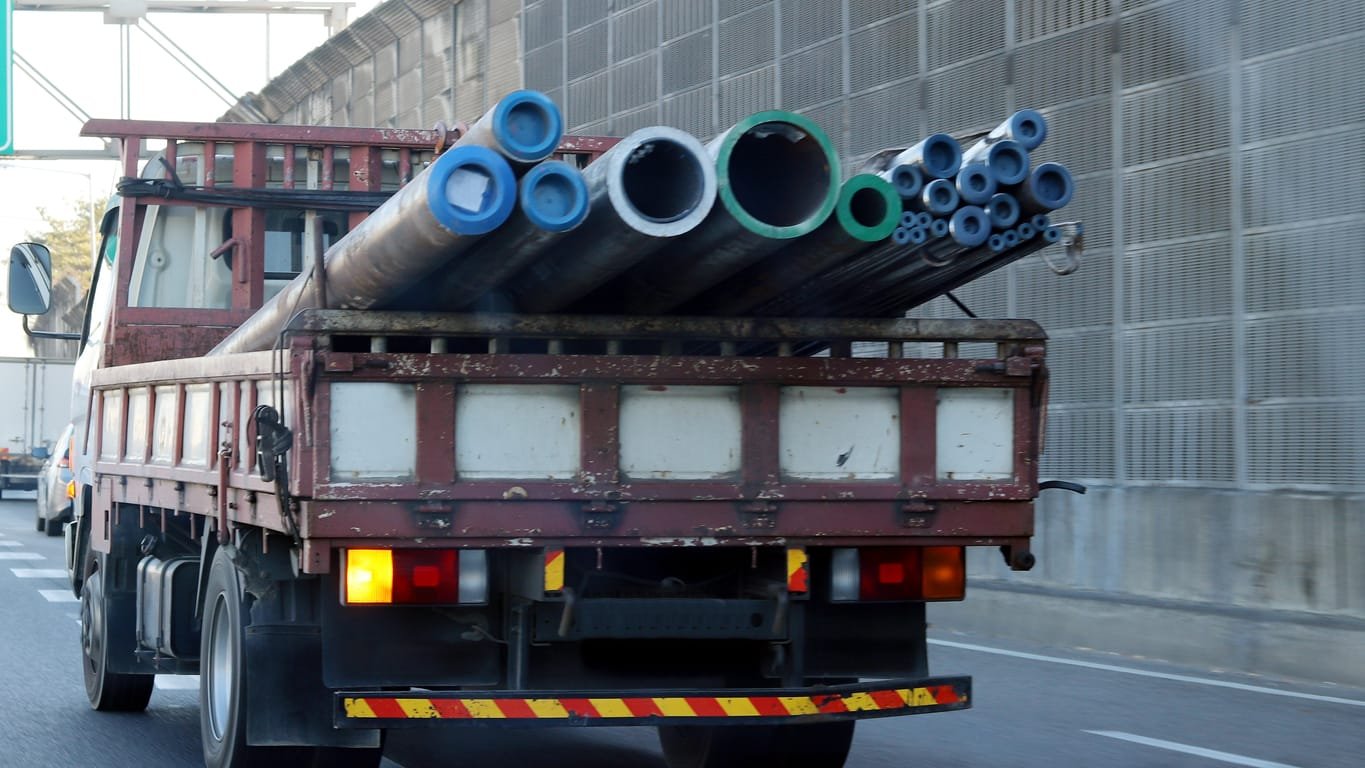
- Road paving machinery
- Generator
- Gardening and planting tools
- Screening and grinding machines
- Auxiliary devices
Notes when transporting construction materials safely
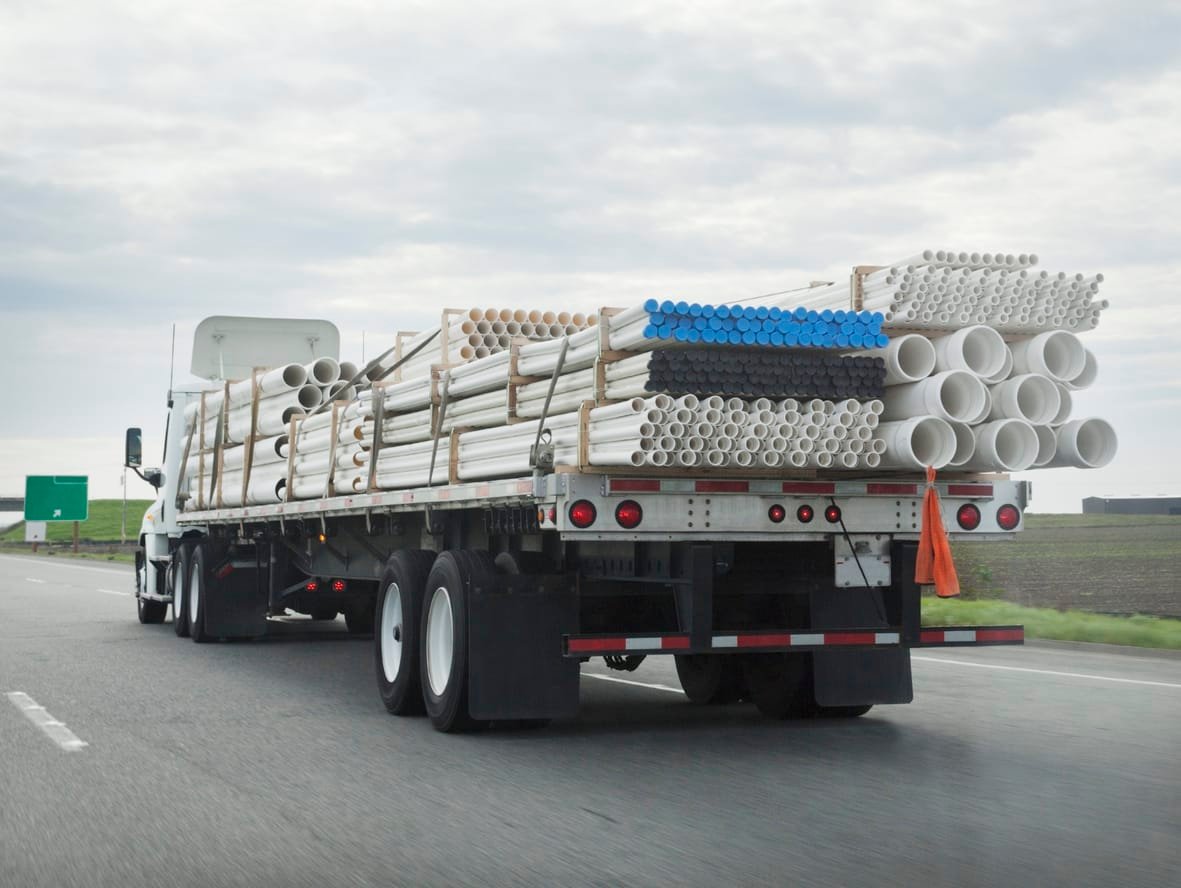
Depending on the type of project, floors, and construction equipment that needs to be transported, follow the tips below on how to prepare different types of construction materials and ensure safe transport to the job site:
- Place bags of construction materials such as cement, bricks or tiles on pallets. If you want to stack something on a pallet, make sure you don’t exceed the height or width limits.
- You can use tarpaulin and poly bags to pack loose bricks and bags together.
- Place heavier, bulkier items on the bottom and smaller, lighter items on top.
- Use wrap to keep construction materials on pallets.
- Wrap bubble wrap on sharp ends of construction equipment for safety.
- You can choose a sturdy cardboard box or a heavy-duty tool box to store your items.
- Take advantage of the empty space by filling it with cushioning material to prevent tools from shifting.
- Tape and labels (if needed) can be used to seal the package.
Hire a professional transportation service
To ensure everything goes smoothly, it’s best to use an experienced moving company.
Hire your construction materials transportation experts
Delivery of construction materials to construction sites often requires the use of specialized transporters such as cacon and requires careful preparation in advance.
Your building materials should arrive on schedule, but arranging everything yourself is a big deal. That’s why many companies choose to cooperate with Cacon. Therefore, you can count on fast delivery of construction materials and equipment. We have also handled the transport of heavy machinery, including excavators and tractors.
However, we are ready to deliver for the construction sector. Sand, tools, building blocks or anything else: we can transport them to you safely and securely. We are familiar with shipping many types of goods
